Rookie Versus Veteran: Paul and Emma Yole’s Cannes Diary #6

Paul Yole has been reporting for Campaign Brief from Cannes since 2007. An industry veteran of over 40 years (latterly at The Brand Agency), this year Paul is joined by his daughter Emma, who is just entering the industry. Each day they will be giving their very different perspectives on the best sessions of the week. You can also follow Emma’s Cannes Instagram story @emmacyole.
Paul: Is it Thursday already? Where has the week gone?
Emma: I now know what people say about the pace of this place.
Fortunately today was a quieter one in the Palais, so I will focus on one session – the Saatchi&Saatchi New Creators Showcase. It was a great reminder about the importance of ideas and craft.
The highlight was BRBR’s ‘Heroes’ out of DDB Spain, which I would recommend watching and letting it speak for itself
I was also captivated by Yoann Stehr’s ‘A Corps’ that opened the session. Its content is a bit explicit, so I won’t link to it here, but I loved the clever use of imagery and how it linked closely with the intricacies of the music. The clip had sinister undertones, and it left me feeling a bit creeped out and confused – but nevertheless, it was a great piece of storytelling.
‘Albatross Soup’ by Winnie Cheung featured incredible illustrations moulded to the recordings of people trying to guess a riddle. Instead of a simple puzzle, the riddle was turned into a five minute highly engaging story complete with beginning, middle and end.
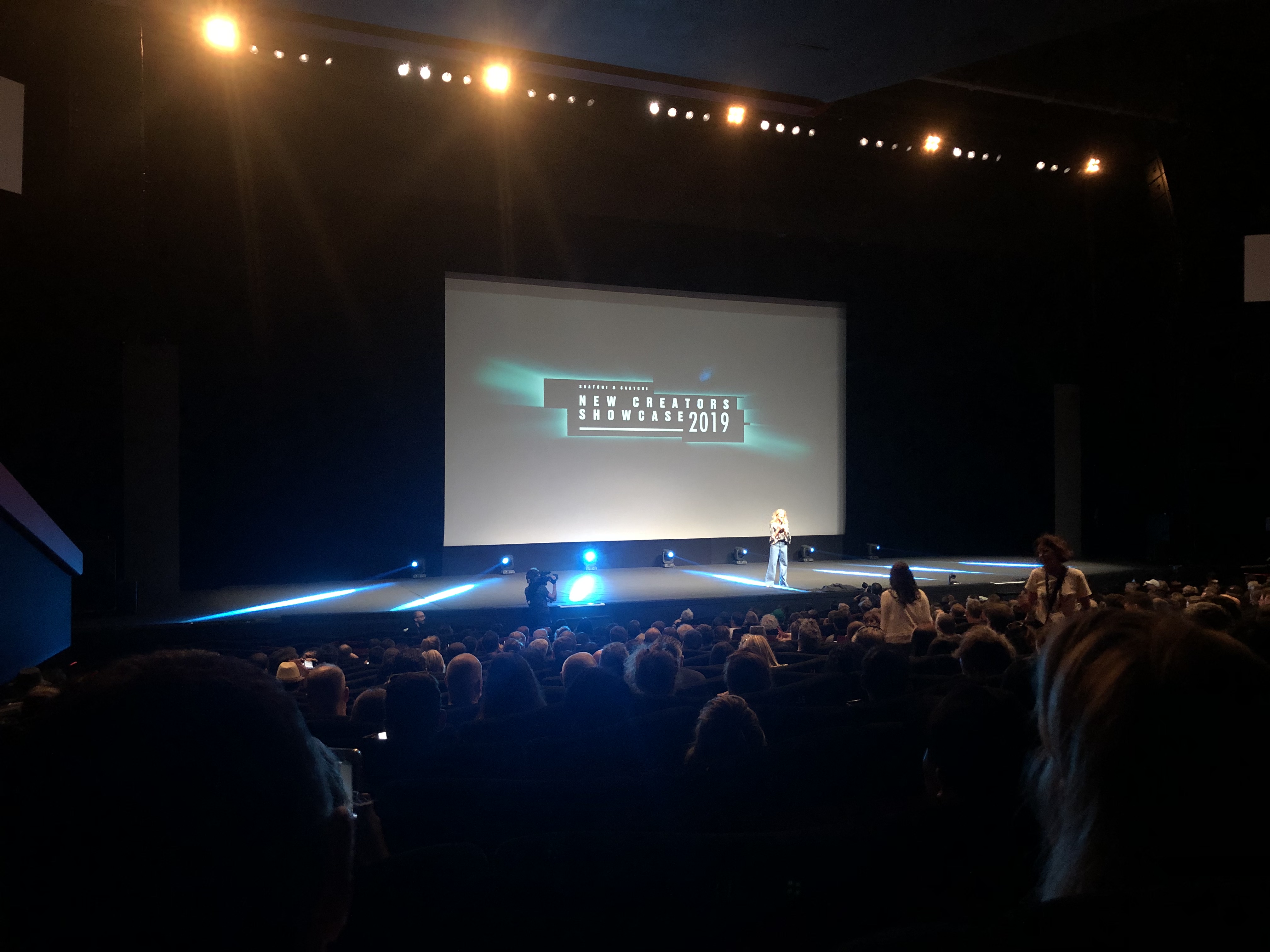
Paul: Without a doubt, today’s talk from Adam Morgan (eatbigfish) and Malcolm Devoy (PhD) was easily one of the very best of the week.
It was about challenger thinking. You may be aware that Morgan coined the term ‘Challenger Brands’ some twenty years ago in his seminal book, Eating the Big Fish: How Challenger Brands Can Compete Against Brand Leaders.
The session promised to show that challenger thinking has become increasingly important to a broad range of brands—whether they are legacy brands or scrappy start-ups.
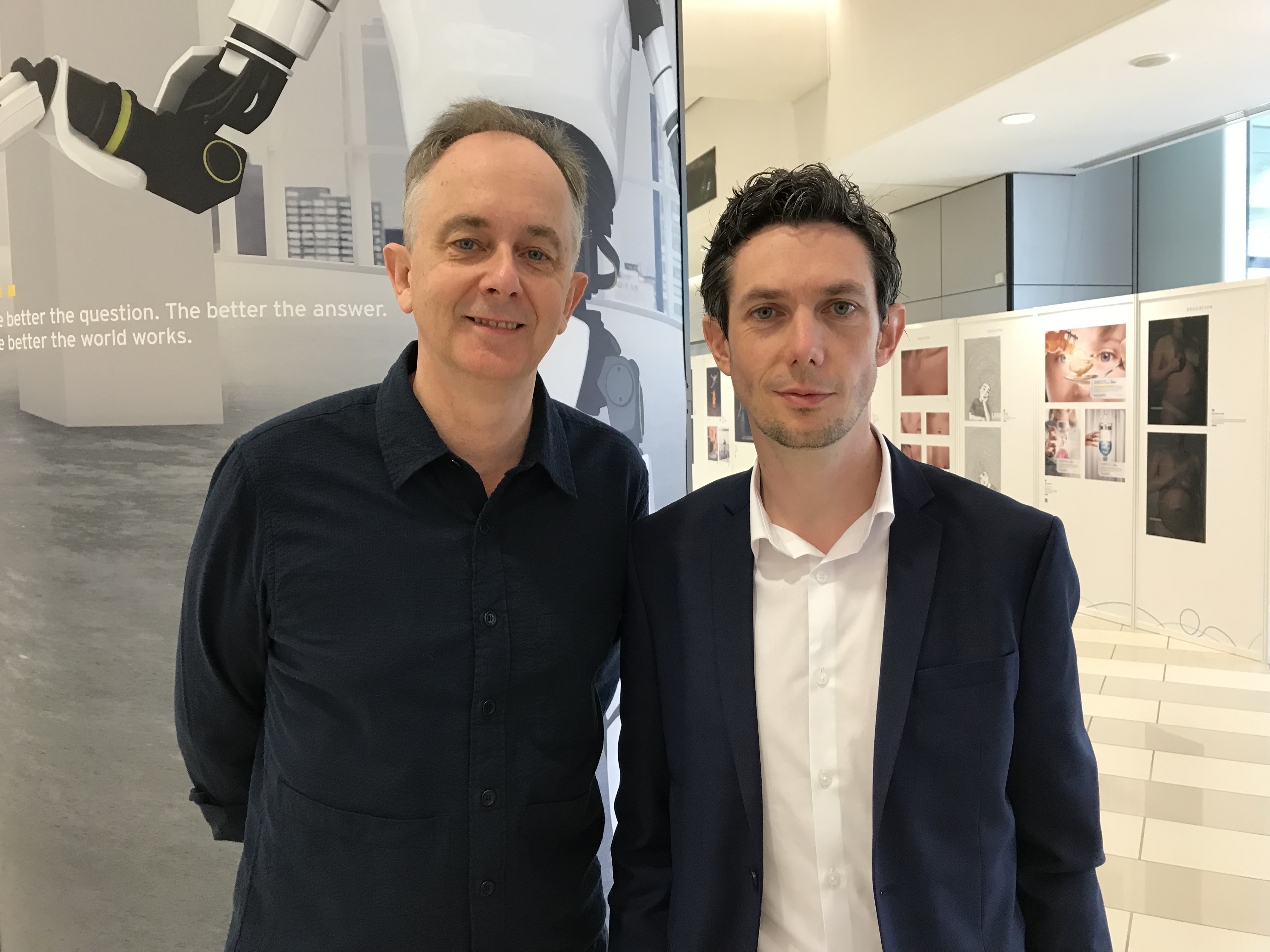
Recent research has shown that in US packaged goods alone, challenger brands secured $22bn of value from bigger brands over a five-year period.
Morgan and Devoy have today launched a new book, Overthrow 2. It looks like essential reading for anyone trying to navigate the changing landscape for challenger brands.
The talk highlighted some insights from the book.
They interviewed challenger brand leaders from across the world, covering a wide variety of categories and markets.
From this emerged some interesting strategic pointers, including the identification of ten challenger types. This is important because the days of one challenger per category have probably passed and we are more likely to see several challengers in the same category.
Indeed, Qantas recently announced their concern that an operator in the mould of Uber or Tesla have not yet disrupted the airline market, so Qantas is trying to prepare for that.
But back to these challenger types. For example, the Next Generation challenger questions the appropriateness of the market leader – or even the whole category – for the times we live in today. A brand like Oatly milk, which asks us to swap to oat drink and save 73% in CO2, would fit in the Next Generation category.
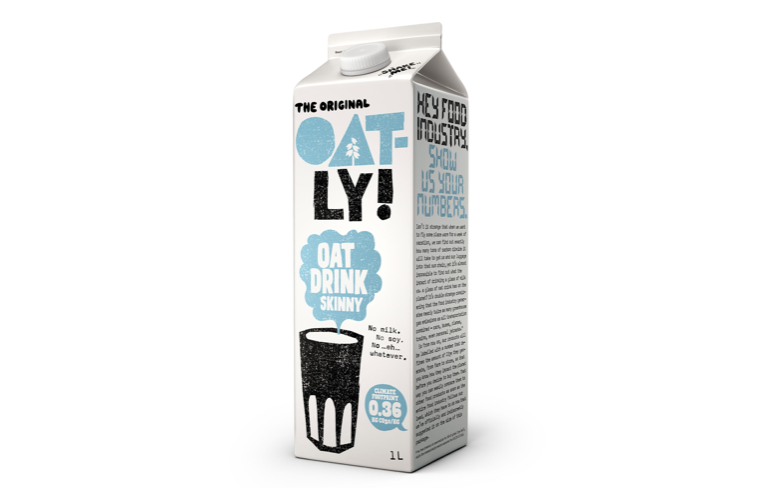
John Schoolcraft of Oatly says, “If you’re going to say something, don’t bore people. Give them a thought with which to ponder as they walk down the street, whatever they’re doing.”
Or the Local Hero challenger type includes a brand like the Ugandan beer, Eagle. You’ve drunk Ugandan beer, right?
The Local Hero reflects the emotion and energy around a renewed appetite for localism and local character; it champions the importance of local needs, local culture and local people. This challenger does not just claim local provenance – it has a deep presence in (and understanding of) the community.
Eagle Lager is brewed from barley malt and Uganda’s finest home-grown Epuripur sorghum which is specifically cultivated for Eagle Lager and Eagle Extra.
Other new wave challenger brands include insurance company Lemonade and chocolate brand Tony’s Chocoloney.
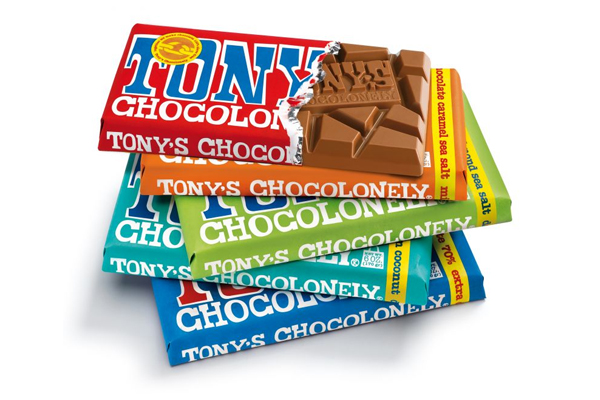
Lemonade promises, “Forget everything you know about insurance” and they actually talk like people, not actuaries or brokers.
Tony’s Pascal Van Ham, talking on complaints about the uneven sizes of the chocolate segments, says, “Every time we explain it, people are laughing. And they are really converted into fans. They tell this story to their friends.”
Tony’s lives its mission of trying to end inequality in the supply chain.
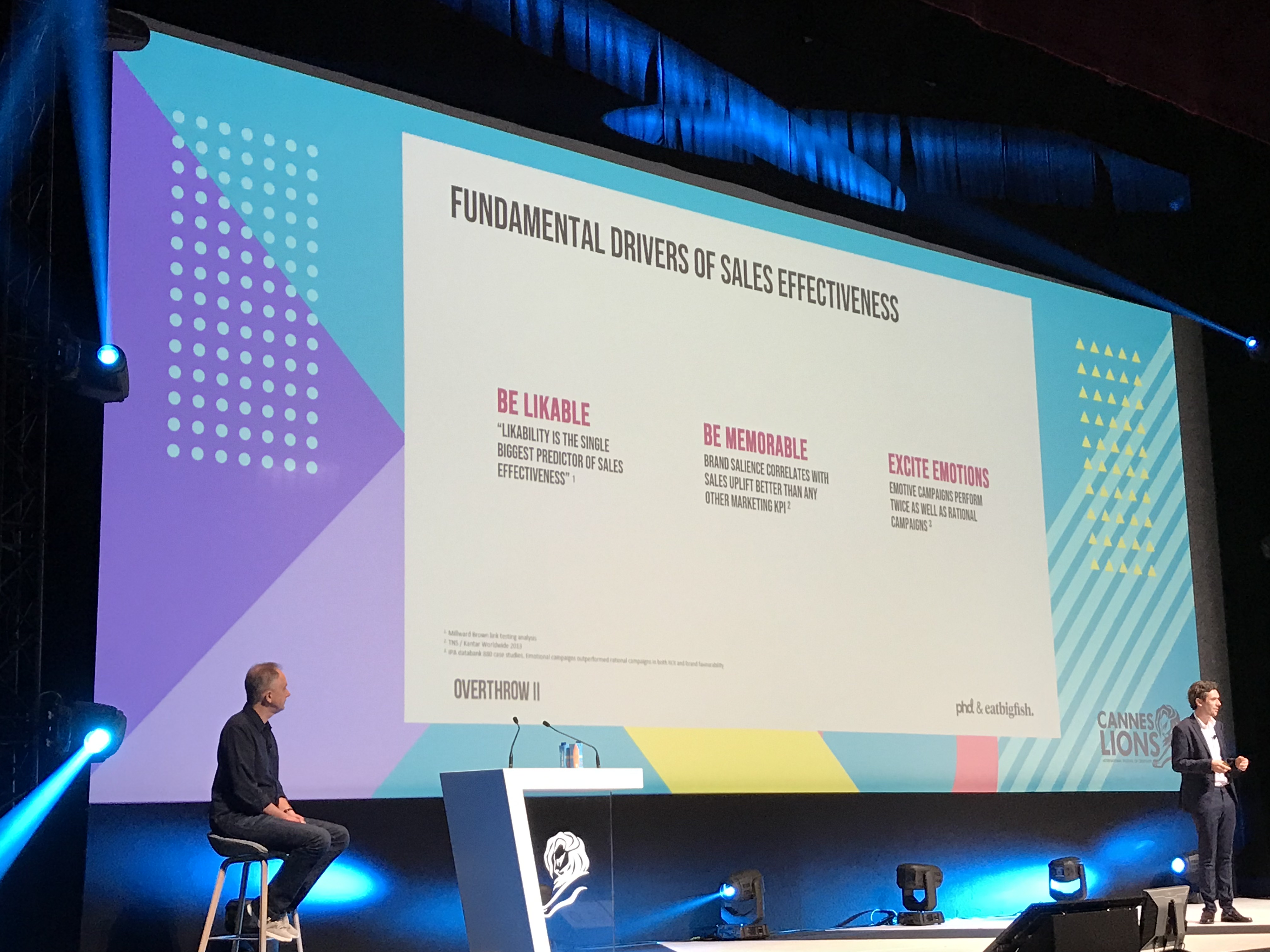
Malcolm Devoy took us through five things these new wave challenger brands have in common:
1. Effectiveness trumps efficiency
I’m amazed how many people still confuse the two. As Devoy pointed out, you can improve ROI simply by halving the budget. But that could seriously limited brand growth.
No, ROI is not an effectiveness metric.
Effectiveness is the extent to which you’ve achieved your goals. So things like impactful reach and growth and better measures, even if they may be harder to measure.
Things like being likeable, being memorable and exciting emotions are all effectiveness strategies. We’ve been told this before by people like Binet and Field, and Millward Brown, so why don’t we listen? (Millward Brown tells us that likeability is the single biggest predictor of sales effectiveness.)
Efficiency is a measure of effort needed to reach those goals. Not the same thing.
2. Attitude trumps audience
Now, this one is a beauty. Remember what Professor Byron Sharp has preached about reach and distinctiveness. Well, we are seeing endorsement of some of his theories.
Morgan and Devoy’s work suggests that it is much more important to have a defined attitude and put it out there, even if it polarises people.
Reach everybody and pay less attention to targeting. Devoy’s research hypothesise that Audi could have missed 92% of their market if they had only targeted the segment that seemed to index twice as likely to buy their brand. Staggering.
3. Creativity trumps relevance
Following on from that, be one thing to everybody and avoid communicating multiple versions to multiple groups.
Creativity, as we should know by now, can generate a transformational uplift rather than incremental growth.
4. Technology beneath the surface
In other words, use it in a human way. Personalise the product not the advertising, which just undermines trust.
Again, see Lemonade.
5. Share of distinctiveness trumps share of voice
Iconoclastic brands are the rule breakers. Oatly for example.
A disproportionate share of market starts with a disproportionate share of culture. Think about that.
So, what does all of this mean?
Well, Morgan talks about five structural changes which are driving an explosion of challenger brand thinking.
The most striking to me, in relation to our industry, is the migration of talent. The elite graduates who were changing their career preferences from finance to technology are now thinking more about starting a micro peanut butter company.
That’s a problem we all have to face.
Emma: Only one day to go but I’ve packed in so much already. Let’s see what tomorrow brings.
